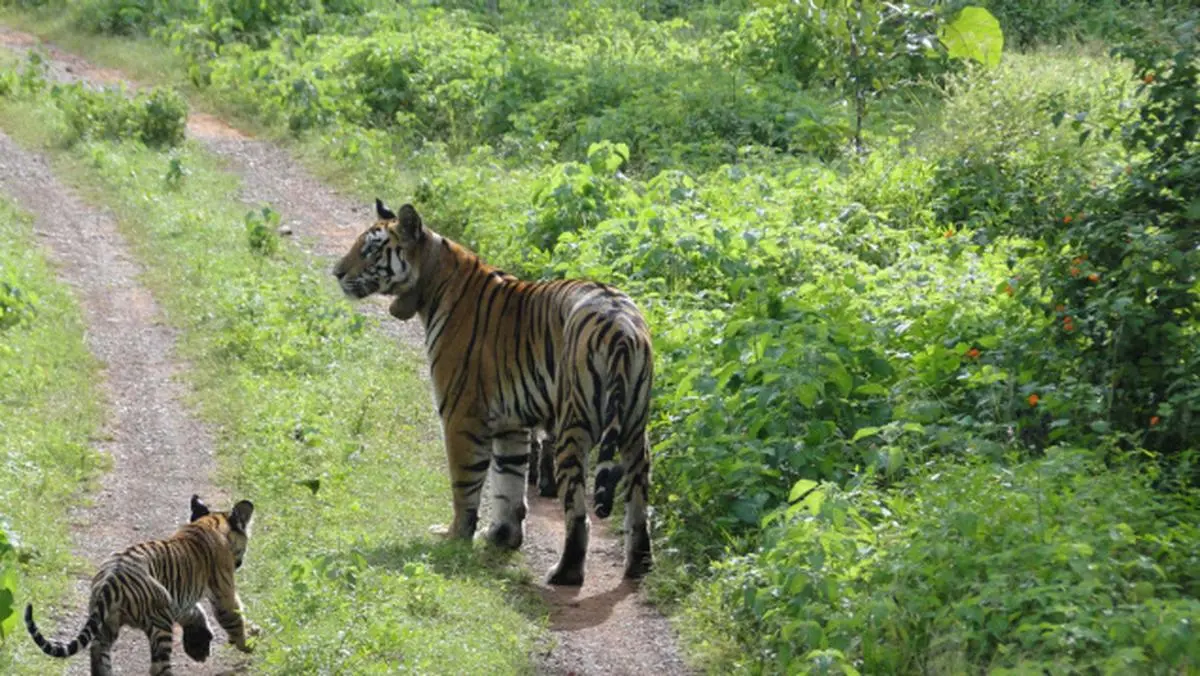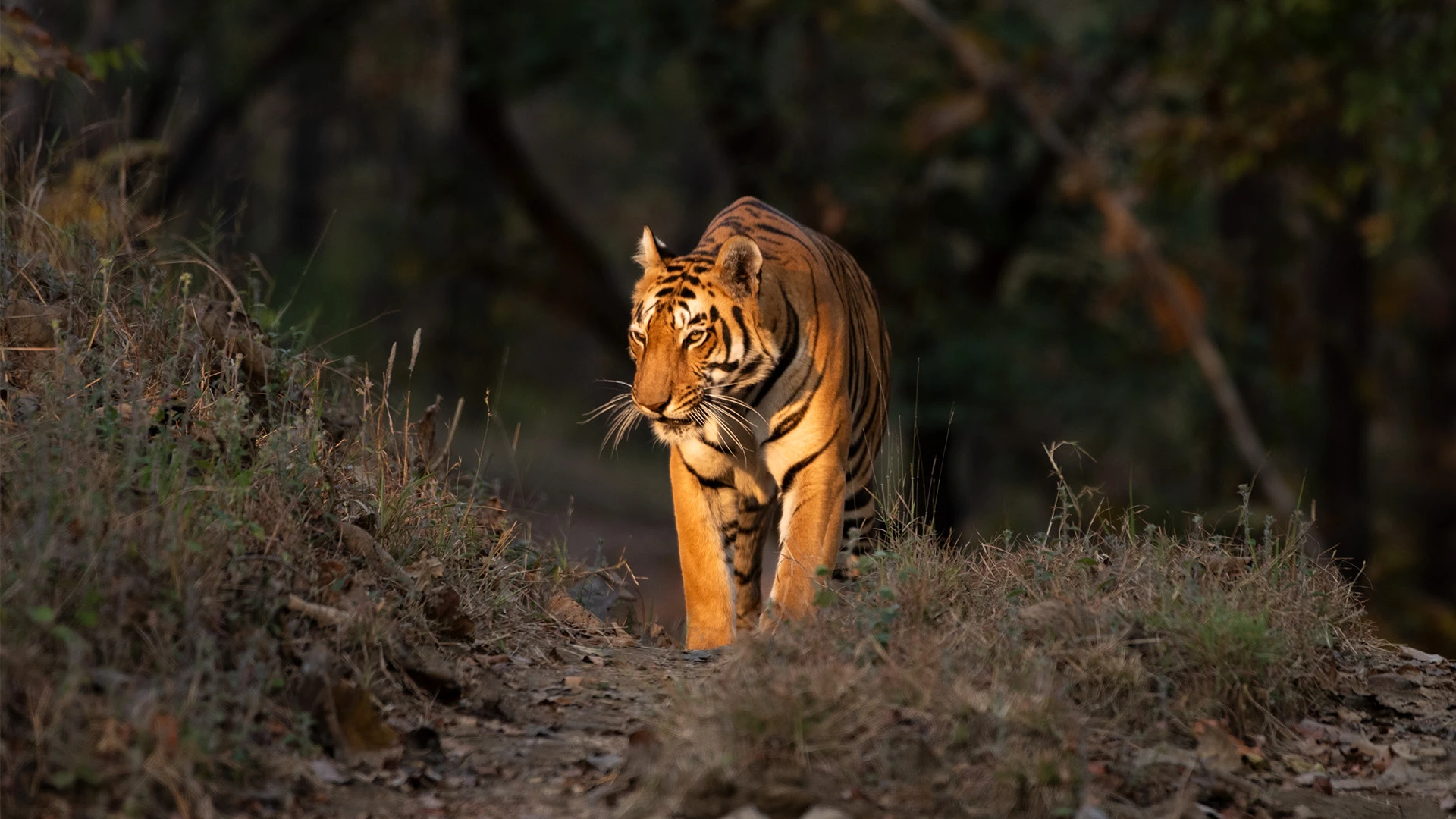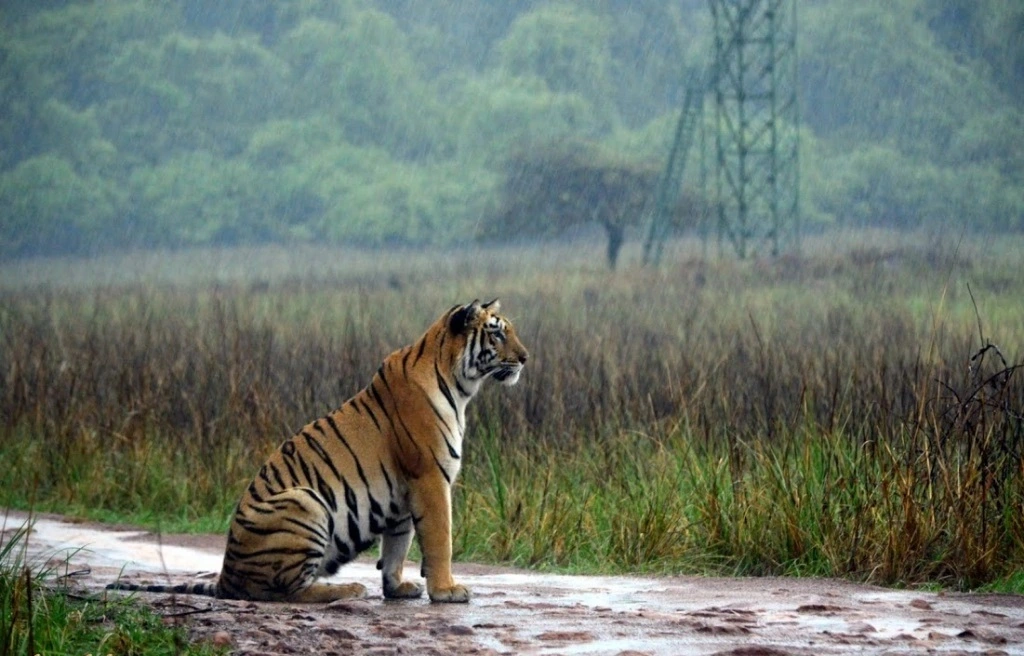The Terai landscape stretches over 800 kilometers, from Corbett National Park in the west to Kaziranga in the east, forming what is known as the Terai Arc. This unique biosphere, nestled between the Yamuna and Bhagirathi river systems, encompasses the Shivalik Hills, Bhabbar grasslands, and Terai flood plains. It is a lush wilderness, rich in biodiversity, and home to some of the most iconic species on the planet. The region is known for its diversity, and among its wildlife, the tiger, rhinoceros, and elephant are part of the “big five.” The Terai Arc also houses some of India’s most significant national parks, including Corbett, Rajaji, Dudhwa, Valmiki, and Kaziranga. It is also home to Nepal’s Chitwan and Bardia parks. This area is crucial, not only for its wildlife but also for the natural corridors it provides for migration and conservation efforts.
The Terai Arc: A Rich Ecosystem

The Terai Arc is one of South Asia’s most critical ecosystems. It serves as one of the largest wildlife corridors in the region, which is crucial for the survival and movement of large animal populations, including tigers, elephants, and rhinos. The diverse terrain of the Terai, including grasslands, wetlands, and forests, supports a variety of animal species, many of which are rare and endangered. Apart from the large mammals like tigers, elephants, and rhinos, this region is also home to species such as the sloth bear, Himalayan black bear, yellow-throated marten, Indian pangolin, Himalayan goral, Gangetic dolphin, gharial, and crocodile.
A large part of the Terai Arc lies within the state of Uttar Pradesh, India, where human-animal conflicts are a significant concern. The rising human population and encroachment on wildlife habitats have increased tension in the area. To address this, organizations like the IUCN are working with local wildlife groups to ensure the protection of species such as tigers, elephants, and rhinos while also managing human-wildlife conflict.
Conservation Efforts and Challenges in the Terai Arc
The Terai wildlife of India supports about 485 tigers, and the IUCN is making significant efforts in collaboration with local organizations to increase populations of tigers, elephants, and rhinos in the region. Efforts include monitoring wildlife populations, preserving habitats, and preventing poaching. Nepal has also made strides in protecting the Terai’s ecosystems. The country is working with local communities, particularly women, to conserve forests and their natural resources. Around 35% of the local population has taken part in these conservation efforts, particularly in managing and restoring government-owned forest land.
The Terai Arc’s significance as a wildlife corridor is crucial in maintaining biodiversity. The forests here are vital not only for the animals but for the entire ecological balance. However, as deforestation continues to threaten the area, both India and Nepal have adopted policies to mitigate environmental destruction and enhance forest restoration.
The Unique Wildlife of the Terai

While tiger sightings in famous parks such as Bandhavgarh and Kanha attract widespread attention, the lesser-known gems of the Terai provide equally thrilling safari experiences. For those keen to spot tigers in their natural habitat, a journey that begins at Corbett National Park and extends eastward towards Dudhwa offers a great opportunity to encounter these majestic creatures. The dense jungles of Kishanpur and Katarniaghat are less explored but are home to several tigers, as well as a wide variety of other wildlife.
Kishanpur’s Jhadi Tal is a favorite spot for migratory birds, making it a hotspot for birdwatchers and photographers alike. As you travel eastward through the forests of Lakhimpur and Pilibhit, you’ll experience pristine wilderness and a thriving wildlife population. Pilibhit, in particular, is known for its rich flora and fauna. The Duar Savannah grasslands of the Terai make it a unique habitat for various species, including rare animals such as the Hispid Hare and Bengal Florican.
Pilibhit: A Hidden Gem for Tiger Conservation

The forests of Pilibhit are considered by many conservationists to have vast potential for tiger conservation. This region offers an abundance of prey and natural habitat for tigers, and it is believed that these tigers have adapted uniquely to the Terai’s specific environment. Pilibhit’s significance extends beyond its tiger population, as it is also home to various rare species, adding to its importance in global conservation efforts.
The forested tracts of Pilibhit, with their thick vegetation and varied landscapes, offer an authentic safari experience. The Terai’s role in conserving tigers and other wildlife makes it an essential area for wildlife tourism and conservation. Pilibhit’s wilderness is one of the finest examples of a pristine natural habitat in the world, making it an essential part of India’s conservation efforts.
Wild Earth Safari and Terai Safari Experiences
For those passionate about wildlife safaris and looking to explore the hidden gems of the Terai, Wild Earth Safari offers tailor-made safari experiences that include visits to Corbett, Dudhwa, Kishanpur, and Pilibhit. These safari tours are designed for wildlife enthusiasts who want to venture into the heart of India’s wilderness, witnessing the majestic tigers, rhinos, and elephants in their natural habitats. Whether you are an experienced wildlife photographer or a first-time visitor, these safaris promise an unforgettable experience.
Wild Earth Safari curates these tours to ensure that guests not only enjoy exceptional wildlife sightings but also gain insights into conservation efforts in the region. Their tours provide an immersive experience into the Terai’s ecosystems, offering opportunities to learn about the flora and fauna, the challenges faced by conservationists, and the significance of the region’s role in global biodiversity conservation.
The team at Wild Earth Safari ensures that the safari experiences are safe, informative, and memorable. Their knowledgeable guides, who are experts in wildlife behavior and ecology, enhance the experience, making it more engaging and educational for visitors.
Sharad Vats: A Visionary in Conservation

Sharad’s journey from a passionate wildlife photographer to an entrepreneur in the field of eco-tourism is inspiring. His vision aligns with the mission of saving India’s regal tiger species and repopulating forests with wildlife. Through his work, he has raised awareness about the importance of preserving the Terai’s natural habitats, which are crucial not only for tigers but for a wide variety of wildlife species.
Sharad’s focus on “Conservation through Tourism” has led to the creation of one of India’s premier jungle lodges in Kanha National Park, where he has been instrumental in promoting sustainable tourism practices that benefit local communities and wildlife alike. Sharad’s experiences and insights into wildlife conservation have inspired many to join the cause, and his leadership extends beyond just tiger conservation to include all the species that call the Terai home.
Explore the Terai Wildlife with Wild Earth Safari
If you are looking to embark on a safari through the Terai’s lush landscapes, Wild Earth Safari offers an exceptional opportunity to explore the rich wildlife of the region. From tiger sightings in the dense forests to birdwatching in the wetlands, the Terai offers a one-of-a-kind experience. Join Wild Earth Safari for a wildlife safari like no other, where every journey brings you closer to understanding the significance of wildlife conservation and the beauty of India’s Terai Arc.
Through these bespoke safari experiences, Wild Earth Safari provides a unique and enriching way to connect with nature, ensuring that every adventure is not only thrilling but also contributes to the conservation efforts in one of the most vital wildlife regions of India. Reach out to Wild Earth Safari today and embark on the safari of a lifetime.

